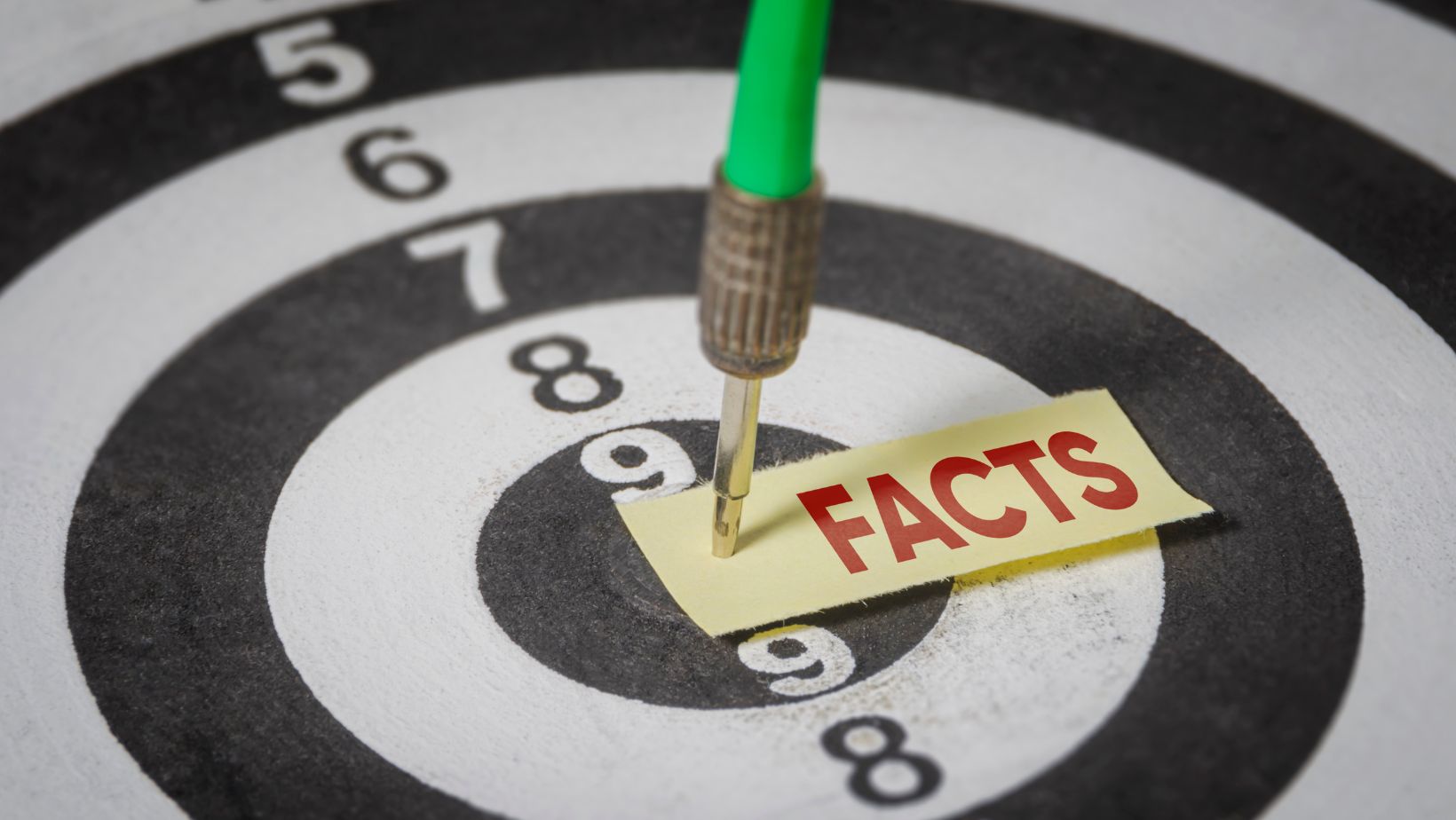Recognizing Rhetorical Techniques in a Speech
Recognizing rhetorical techniques in a speech is an essential skill for anyone who wants to understand the power of persuasion and effective communication. By being able to identify and analyze these techniques, we can better appreciate the artistry behind a well-crafted speech and also become more critical consumers of information.
In today’s world where speeches are delivered not only by politicians but also by influencers, activists, and even everyday individuals on social media platforms, it has become increasingly important to be able to distinguish between persuasive tactics and genuine arguments. Whether it’s the use of emotional appeals, logical reasoning, or rhetorical devices such as repetition or metaphor, understanding these techniques allows us to see beyond surface-level messages and delve into the deeper intent behind them.
Understanding Rhetoric
An Overview of Rhetoric
Rhetoric is the art of persuasive communication, and it plays a crucial role in speeches. It encompasses various techniques used to appeal to an audience’s emotions, logic, and values. When recognizing rhetorical techniques in a speech, it’s important to understand the fundamental principles behind rhetoric.
At its core, rhetoric involves using language effectively and skillfully to influence or persuade others. It goes beyond mere words; it’s about how those words are structured, delivered, and supported by evidence. By understanding rhetoric, we can better analyze and appreciate the power of persuasive communication.
The Purpose of Rhetoric
The primary purpose of rhetoric is to convince or sway an audience towards a particular viewpoint or course of action. Whether it’s delivering a political speech, advocating for social change, or even selling a product, speakers utilize rhetorical techniques to make their arguments more compelling and memorable.
Rhetoric aims to evoke emotions such as empathy, excitement, anger, or fear within listeners. By appealing to these emotions alongside logical reasoning and evidence-based arguments, speakers can effectively engage with their audience on both intellectual and emotional levels.
The Role of Rhetoric in Speeches
In speeches specifically, rhetoric serves several essential functions. Firstly, it helps establish credibility for the speaker by showcasing their knowledge on the topic at hand. This includes using relevant facts and statistics to support their claims.
Secondly, rhetoric aids in organizing ideas coherently and structuring them in a way that maximizes impact. Techniques like repetition can emphasize key points while employing storytelling techniques can captivate the audience’s attention.
Furthermore, effective use of rhetorical devices such as metaphors or analogies can simplify complex concepts into relatable terms for better understanding. These devices help create vivid imagery that resonates with listeners long after the speech has concluded.
By recognizing rhetorical techniques in a speech – from powerful metaphors to skillful storytelling – we can gain a deeper appreciation for the art of persuasive communication. It allows us to analyze the strategies employed by speakers and evaluate their effectiveness in achieving their intended goals.
Types of Rhetorical Techniques
Ethos
Ethos is a rhetorical technique that focuses on establishing the credibility and character of the speaker. It appeals to the audience’s trust in the speaker’s expertise, integrity, and authority on the topic. By presenting themselves as knowledgeable and trustworthy, speakers aim to gain credibility and influence their audience.
One way to recognize ethos in a speech is through the use of personal anecdotes or stories that highlight the speaker’s experience or expertise. For instance, if a politician shares a personal story about how they overcame adversity, they are attempting to connect with their audience emotionally while also establishing their credibility.
Another strategy used to convey ethos is referencing qualifications or credentials. A scientist speaking about climate change may mention their years of research experience or academic background to lend weight to their argument. This helps persuade the audience by positioning themselves as an expert in their field.
Pathos
Pathos appeals to emotions and aims to evoke specific feelings within the audience. Speakers utilizing pathos want listeners to connect emotionally with their message, leading them towards a desired response or action. By tapping into human emotions such as fear, joy, anger, or empathy, speakers can make their arguments more relatable and memorable.
One common way pathos is employed is through vivid storytelling that elicits strong emotional responses from listeners. For example, a motivational speaker might share a heartwarming story about overcoming obstacles in order to inspire their audience.
Another technique involves using language that triggers specific emotions. For instance, politicians often utilize charged words when discussing sensitive topics like immigration or healthcare reform in order to provoke strong emotional reactions from voters.
Logos
Logos relies on logic and reason as a rhetorical technique for persuading an audience. It centers around presenting well-constructed arguments supported by evidence such as facts, statistics, logical reasoning, and expert opinions.
One way logos can be identified in speeches is through the use of evidence-based examples. A speaker might cite scientific studies, historical events, or real-life data to support their claims and make a logical case for their viewpoint.
Additionally, the use of clear and structured arguments is another indicator of logos. Presenting ideas in a logical sequence with well-defined premises and conclusions helps listeners follow the speaker’s reasoning process.



